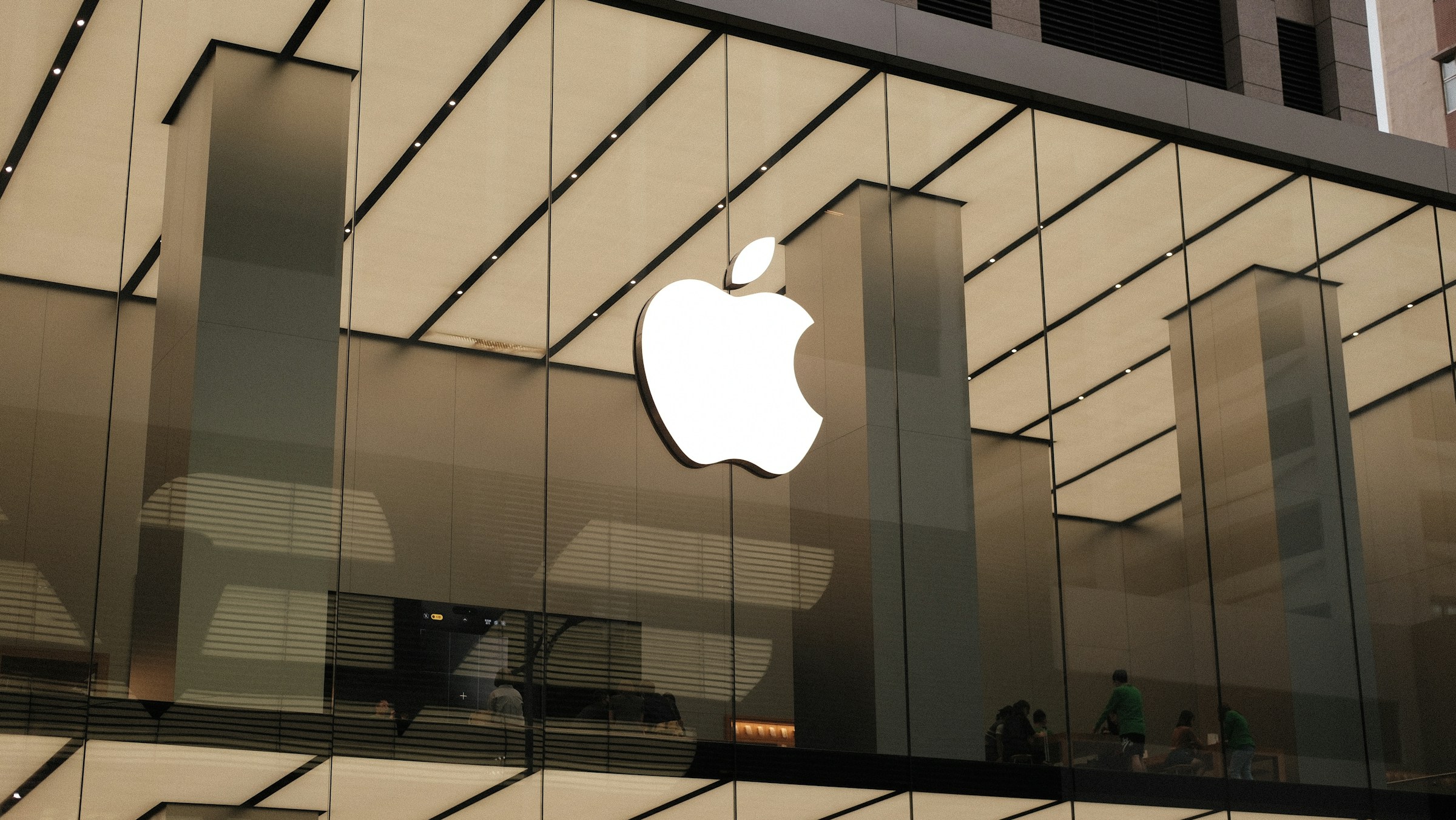Four AI researchers. One foundation model team. Zero doubt about where technical conviction now resides.
Apple just lost its fourth researcher in a month to Meta Platforms, capping a brain drain from its Apple Foundation Models (AFM) group. The latest defector, Bowen Zhang—a specialist in multimodal AI—joins Meta’s new “superintelligence” unit. Zhang follows Ruoming Pang, the former AFM leader, who reportedly accepted a compensation package exceeding US$200 million. Two other AFM team members, Tom Gunter and Mark Lee, have also jumped ship.
But this isn’t about money. It’s about mission—and model gravity.
Apple’s AI approach has always skewed product-facing. It prioritizes privacy, on-device processing, and seamless user integration. That makes sense for an ecosystem play. But it also creates tension for AI researchers who want to train and scale frontier models—not just optimize runtime performance for Siri or iPhone UX layers.
AFM was supposed to be Apple’s internal answer to OpenAI, DeepMind, and Meta’s Llama team. Instead, it’s looking increasingly like a holding zone for researchers who want to build deeper model systems—and are being pulled elsewhere to do so.
The exits suggest that even with the iPhone as a distribution juggernaut, Apple lacks the internal alignment and infrastructure depth to retain model-native talent. That’s a strategy problem, not a resourcing one.
Meta’s superintelligence team is absorbing Apple’s researchers not just because it offers more capital—but because it offers more freedom.
Under CEO Mark Zuckerberg, Meta has made a rare long-term bet: open-source models like Llama, paired with aggressive GPU spending and public infrastructure positioning. It’s not yet a dominant player in commercial LLMs, but internally, it’s signaling to talent: “Come build core intelligence—not just wrap it in apps.”
That’s a very different offer from Apple’s top-down integration-first AI strategy.
The technical teams leaving aren’t doing it quietly either. They’re shifting into a group meant to shape the frontier of agentic systems, not background voice assistants. For researchers like Zhang—who specialize in multimodal systems that integrate vision, language, and action—the leap isn’t lateral. It’s foundational.
The talent story here draws a sharper line than East vs. West AI ecosystems ever could. This is no longer about which side of the Pacific can scale bigger models. It’s about which companies actually build from the model up, not the product down.
Apple, for all its consumer trust and brand equity, remains brand-native. Its design and rollout cadence are anchored in hardware cycles, system integration, and premium UI. Its AI, by design, must be privacy-preserving and sandboxed. That’s technically admirable—but culturally limiting for frontier researchers.
Meta, for all its ethical baggage and product misfires (hello metaverse), is model-native. Its AI strategy is led by open-source ambitions, internal research autonomy, and scale-first engineering design. It doesn’t always work—but it does attract talent who want to try something big, early, and technically raw. And that’s a bet more top-tier researchers are willing to make.
For founders, product leads, and CTOs watching this from Singapore, Dubai, or Jakarta, the implications go beyond headline-grabbing salaries.
The core lesson is this: if your internal AI team doesn’t believe in the model they’re building—no incentive will keep them. You cannot outsource belief. And you can’t retrofit core technical vision after the talent leaves.
That’s especially true in ecosystems trying to import AI strategy from the West without foundational compute, data pipelines, or model alignment capacity. Without local conviction—be it government-backed, infra-funded, or open-collaborative—you’re building a model shell, not a model base.
Even sovereign players like Saudi Arabia’s AI firm SCAI or Singapore’s SEA-AI initiative should be watching this. Because what Meta just pulled off wasn’t poaching—it was belief capture. And belief compounds faster than code.
Meta didn’t just recruit Apple’s researchers. It recruited their model intent. This is a shot across the bow for every platform team treating AI as a layer to “integrate” instead of a stack to lead. In the AI era, loyalty isn’t held by brand. It’s held by architecture, autonomy, and execution clarity.
Apple still wins on ecosystem cohesion. But unless it commits to model-native culture—not just model-adjacent products—it will keep losing technical belief to players who ship from the core.
Founders and tech leads should take note: If your best engineers aren’t excited about what they’re building at the infra level, they’ll find someone else who lets them build it. And that someone is probably already hiring.















